An essential reproductive organ, the penis, is also the most sensitive part of the male body. From birth, through puberty, and until a boy becomes a man, the penis develops. However, due to genetics or health conditions, abnormal penis shapes are increasingly common.
From bent or banana penis to penile fractures, many abnormal penis shapes can happen. The causes for this are varied but usually linked to poor health conditions, environmental factors, or underlying genetics.
Worry not; you can often treat these abnormal penis shapes non-surgically. So, let’s dive in to understand the causes and treatment for different irregular penis shapes.
Penile Curvature
Many men experience penile curvature for a long time before they realize it’s a problem. Penile curvature is a congenital condition that makes the penis appear curved when fully erect. Males usually start to realize penis curvature during puberty or the onset of adulthood.
Having congenital penis curvature condition is extremely rare. It’s very different compared to Peyronie’s disease, which is another type of penile curvature. In Peyronie’s disease, the curvature is a result of scar tissue under the skin of the penis.
In penile curvature, the abnormal penis appears to bend when fully erect. Most men don’t even notice the curvature if it is less than 30 degrees. However, it’s essential to seek treatment if there is pain and difficulty when having intercourse.
Causes of congenital penis curvature
A congenital condition, penile curvature, is only noticeable when men start having regular erections. It happens during puberty and adolescence. So, congenital penile curvature is something men are born with, unlike Peyronie’s disease, which has definite causes.
Most men live with chordee (another name for penile curvature) for years before they start experiencing any problems. The curvature presents itself as one side of the penis appears to have more elasticity and looks more extensive. The penis can be bend downwards, upwards, or sideways.
During the crucial development years, penis curvature manifests and doesn’t change over time. It’s unsure whether penile curvature is hereditary; it has genetics at play. While you might not have inherited it, congenital penile curvature has been in your DNA since birth.
Treatment for congenital penis curvature
In most cases, if the bending of the penis is not severe, then no treatment is necessary. Treatment of congenital penile curvature is only required when it starts interfering with sexual performance.
Surgical reconstruction for extreme penile curvatures is the most effective solution, especially if you want your manhood’s full sexual function and performance back!
If the curvature of the penis is under 30 degrees, it is easily treatable non-surgically. Non-surgical methods to correct penile curvature is using penis extenders. Penis extenders use traction to stretch and repair the curvature of the penis.
There are many penis extenders in the market targeting enlargement, girth, and stretching. However, SizeGenetics penis extender is the best and most effective in treating penis curvatures.
Peyronie’s Disease
As we previously mentioned, Peyronie’s disease is a type of penile curvature. In this, scar tissue is the reason there is a bend in the penis. Peyronie’s disease presents itself when men experience pain when trying to have sex.
Usually, the pain is severe in a specific part of the penis, and you can feel the scar tissue through the skin. The bending of the penis can happen in any direction depending on where the scar tissue is present.
While perfect straight erections are very rare, a slight curvature in your penis is not indicative of Peyronie’s disease. The only effect of Peyronie’s disease is the physical appearance of the penis, like size and shape. It has nothing to do with ejaculation and urination since it’s a reasonably superficial problem.
Causes of Peyronie’s Disease
While there are no definite causes for Peyronie’s disease, there are some ways in which you could get it. The scar tissue formation that leads to the penis bending in Peyronie’s disease can be during rough intercourse. Injuries to the penis can also cause Peyronie’s disease.
While these injures don’t have to be significant, minor accidents, rough handling can lead to scar tissue. Intense trauma to the penis or pelvis can also lead to scar tissue generation, bending your penis.
With no known genetic or environmental reasons, Peyronie’s disease has no apparent causes. The curvature of the penis is due to Peyronie’s disease is easily treatable.
Treatment for Peyronie’s Disease
In many Peyronie’s disease patients that experience no pain and less penile curvature, no treatment is necessary. While there is no definite cure for Peyronie’s disease, you can treat the bent with the help of penis extenders.
Penis extenders are devices that stretch the penis for enlargement and increasing girth. However, penis extender tools work fantastic for treating Peyronie’s disease. All you have to do is fit your penis in the device and stretch it.
Using penis extenders is called traction therapy which is the best treatment for Peyronie’s disease. SizeGenetics have a specific penis extender model that targets Peyronie’s disease. Using penis extenders is entirely safe and can be used by men of all ages.
If you want to know more about SizeGenetics Penis Extender, then read our in-depth SizeGenetics Review here!
Penile Narrowing
If you’re looking for the most abnormal penis shape, then penile narrowing certainly tops the list. With an hour-glass-like figure on the shaft of the penis, penile narrowing is common in men. With just penile narrowing and no bend in the penis, the issue is usually not Peyronie’s disease.
Penile narrowing occurs when a lump-like structure in the penis looks like a waist around the penis. If you’re having issues with getting an erection, it can scar the blood vessels. It can cause blood flow to be obstructed, which can deepen the lump on the penis.
Penis narrowing is a significant decrease in the circumference or girth of the penis. Penis narrowing can significantly affect your erection and overall sexual performance.
Causes of Penile Narrowing
One of the most common causes of penis narrowing is the regular usage of penis pumps. Penis pumps are like vacuum pumps that help men to achieve a fuller erection. It uses air suction to pump blood into the penis, which causes a stiffer erection.
Another common cause for penis narrowing is hanging weights. Hanging weights from the penis is an ancient exercise that stretches the penis for enlargement. It’s an extremely risky stretch therapy for the penis because penis narrowing is a common and prevalent side effect.
The penis narrows because of scar formation. This scar tissue formation is very similar to the one in Peyronie’s disease. The scare is like plaque formation that tugs the surrounding tissues that cause scar contraction. It causes the penis to have an indentation and a narrow circumference.
Treatment for Penile Narrowing
If you start noticing penile narrowing, it’s usually a wake-up call for Peyronie’s disease. Even though you might see your penis has no curvature, narrowing is the first symptom that leads to Peyronie’s disease diagnosis.
There are several ways to combat penis narrowing. While surgery is not the first plan of action, it is effective in severe cases of penile narrowing with erectile dysfunction. You can opt for surgical excision of the plaque and grafting for correcting a narrow penis.
Penile Fracture
Usually, a fracture means the shattering of bone, but in the case of penile fracture, it’s far from a bone issue. We know that the penis is not a bone, although we refer to erections as a boner. Facts aside, penis fracture is a severe medical emergency.
Since there is no bone to break, in penis fracture, there is a tear in the tissue under the skin. A tear in the tunica albuginea is a severe issue. If it is not addressed immediately, the penile fracture can cause permanent urinary and sexual problems.
Causes of Penile Fracture
Like many interesting sexual positions, a woman-on-top position, if done wrongly, can cause a penis fracture. The rocking motion and weight of the woman on the erection can easily tear the erectile tissue corpus cavernosum and tunica albuginea.
Unlike other abnormal penis shapes, causes for penile fracture are pretty evident. If you get hit on your penis in a car accident, fall, or different scenario, your penis can fracture.
Another cause for penis fracture is when you have rough vaginal intercourse. Anal intercourse also increases the chances of penile fracture.
If your penis suffers trauma during sex or unnecessary bending or pulling, it can fracture it. Penile fracture is a serious injury and is associated with a loud snapping sound. Additionally, penile fracture symptoms include bruising, blood, loss of erection, and sharp pain.
Treatments for Penile Fracture
Penile fractures almost always require surgery. The reason is that doctor cannot fill the tear in the corpus cavernosum and tunica albuginea without surgical intervention. So, if you want any hope of returning to normal penile function, you have to undergo the knife.
The surgeon will stitch back the tissues and attach blood vessels to your penis. It will restore the blood flow to the penis, which will maintain the erections. In some extreme cases, the penile fracture has also severely affected urinary functions.
So, surgery is the only and most effective way to treat penile fractures. The recovery period after surgery is for a couple of months. In 10 percent of the cases, men have experienced side effects like painful erections and erectile dysfunction.
Phimosis
Phimosis is a condition where you can’t pull an abnormal penis foreskin back from the head. Uncircumcised babies often face issues with a tight foreskin. Phimosis is naturally occurring or can happen because of tissue scarring.
Tight foreskins aren’t a problem by the time your baby reaches the age of 3. However, if your kid faces problems urinating or any other symptoms, you should consider treatment for phimosis.
The most significant symptom of phimosis is the problems in retracting the foreskin. As boys develop, the foreskin loosens, making it easier to pull it back from the tip. However, loosening the foreskin can take time for some boys.
However, a 17-year-old boy should, with no trouble, be able to pull back his foreskin. Swelling or discomfort while peeing is another symptom of phimosis.
Causes of Phimosis
The phimosis occurs naturally, although it’s not sure why it only affects some boys. The phimosis occurs when the foreskin is retracted too early on. It can cause tissue and skin scarring, which can make pulling the foreskin back later on challenging.
While phimosis is common in young boys, adult men can experience inflammation of the foreskin or the tip of the penis due to balanitis. It’s a type of foreskin infection that is an effect of poor hygiene.
Treatment for Phimosis
In most cases, phimosis gets resolved on its own. In other cases, you can wait for your boy to grow up and monitor any changes or symptoms that would point to phimosis. As boys go through puberty and become young adults, the foreskin usually loosens.
However, if there are problems in getting erections or discomfort while urinating, it can point to a severe issue. If the glans (head of the penis) change color or have spots on them, it’s a risk factor. You should consult any swelling, itching, and pain on the penis with a doctor.
A simple physical exam can quickly determine if the symptoms point to phimosis or infection like balanitis. If it’s an infection, after undergoing swab tests, your doctor can prescribe you targeted antibiotics or antifungal ointments.
Simple ways to treat phimosis is through gentle retraction of foreskin daily with a steroid ointment massage. For more severe cases of phimosis, circumcision or partial removal of the foreskin is more effective.
Conclusion
If you feel like you have an abnormal penis, it’s best to get it checked by a medical practitioner. They can pinpoint the specific problem and give you sure-shot solutions that are effective. If you want to feel good, then don’t shy away from your manhood.
Take care of your penis with proper hygiene and exercise, and it will make your sexual adventures more satisfying. When exploring sex toys and penis-enhancing tools, choose wisely, keeping your overall penile health in mind!
If you need more information on penis enlargement, kindly visit our Guide page.

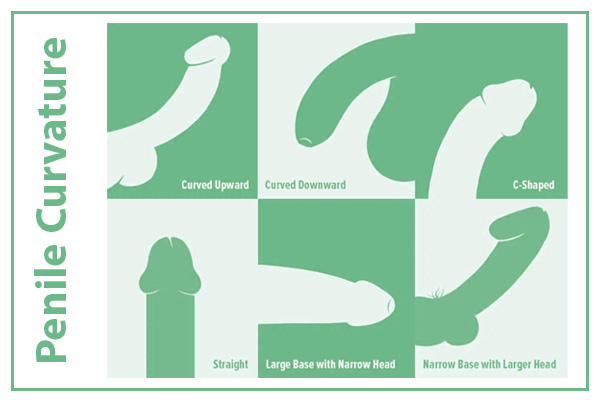
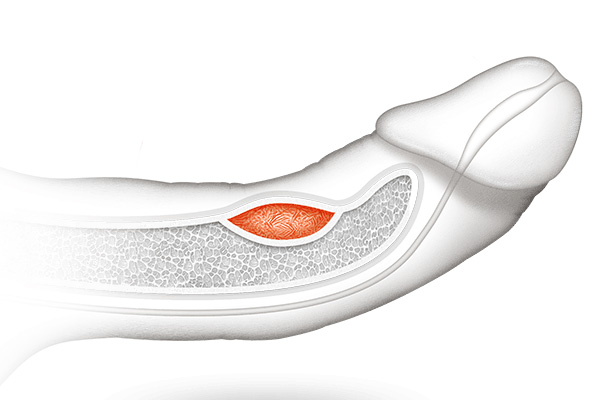
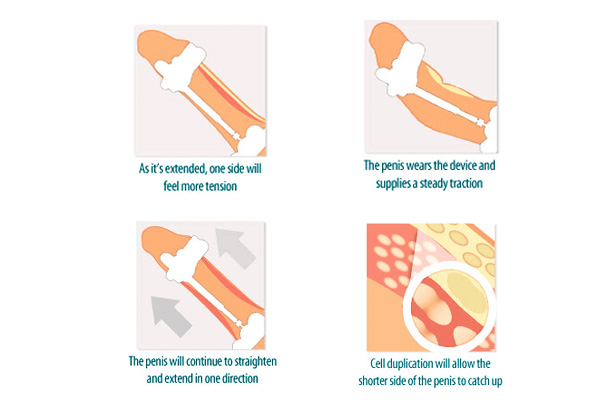
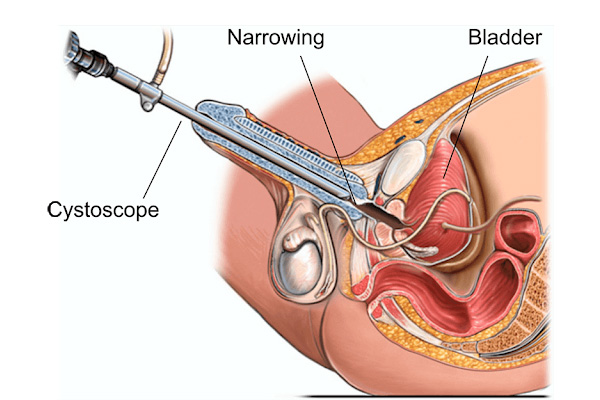

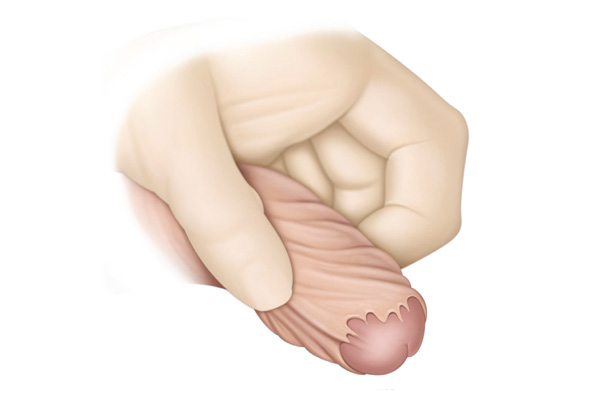

Leave a Reply